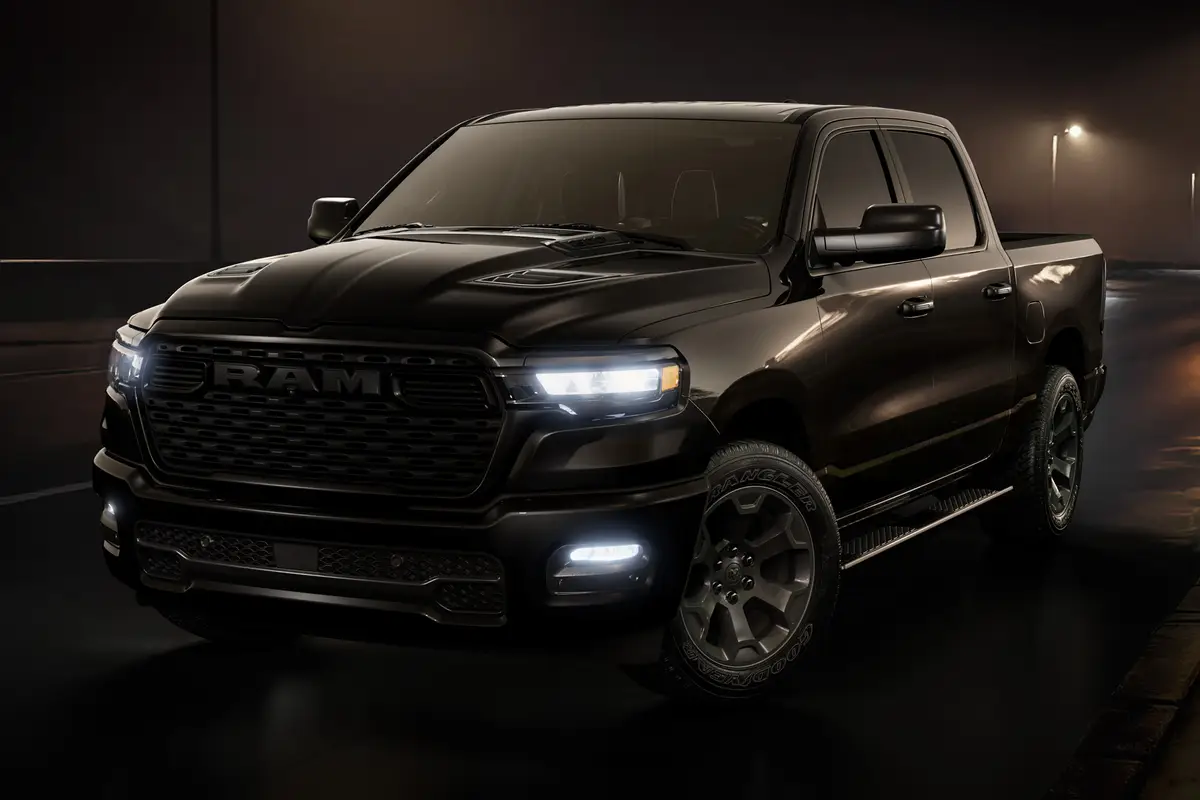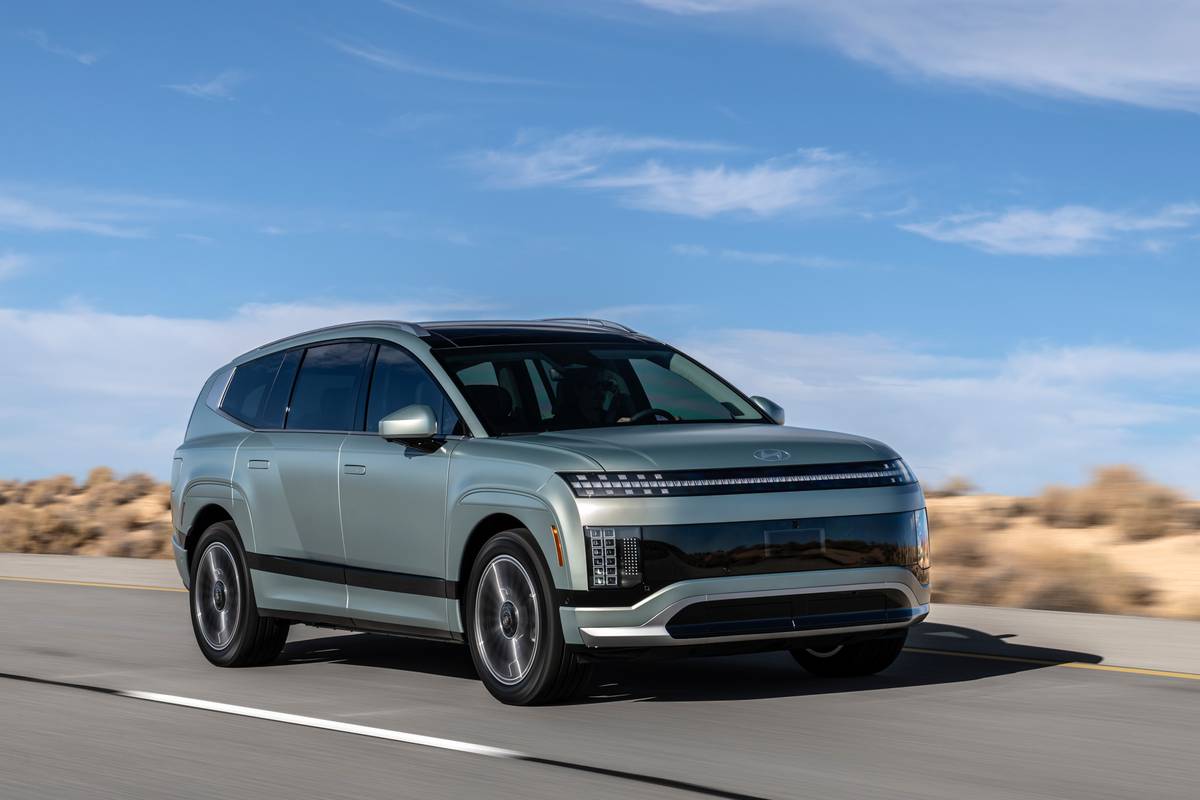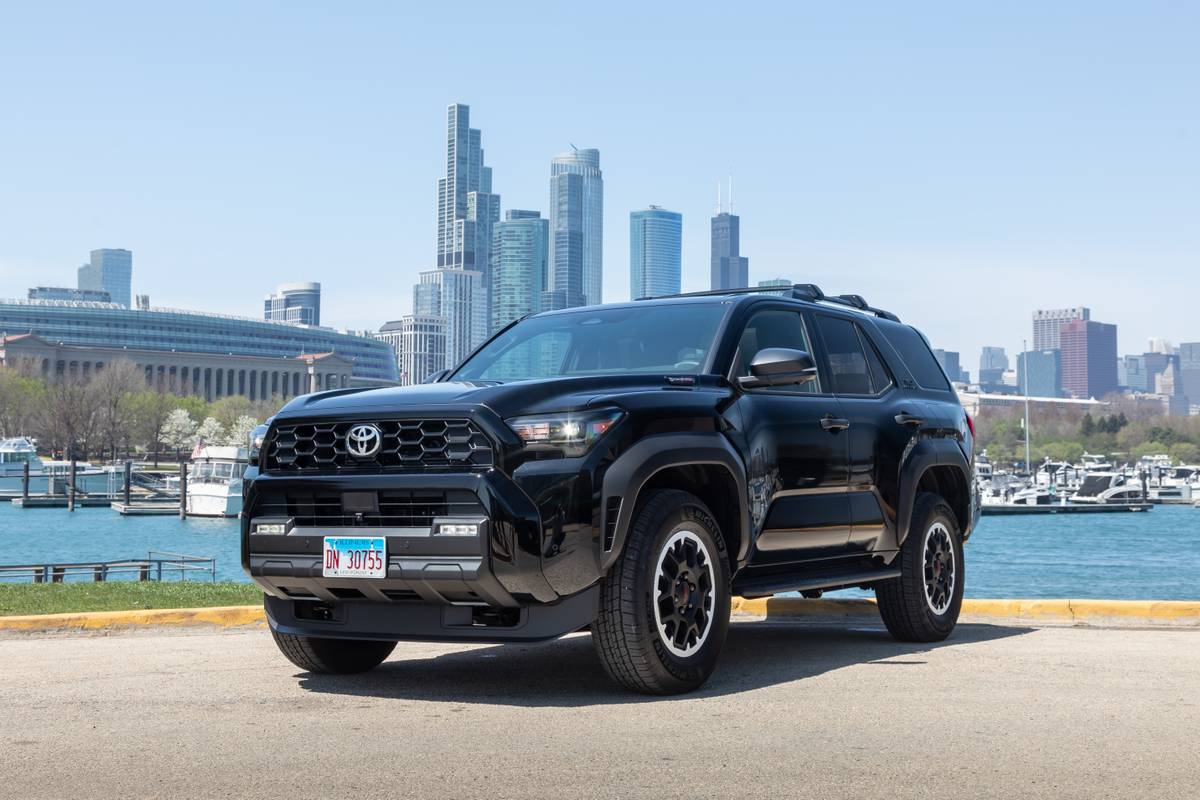Cincinnati.com's view
What is going on?
The name Volkswagen means People’s Car . . . mandated by Adolf Hitler and executed by Ferdinand Porsche, it was meant to put Germans on wheels. But history got in the way, and the Beetle, as it came to be called affectionately, became most notably a counter-culture statement in the United States.
At a time when we all still bought into the longer, wider, heavier scam, the little upstart sneaked in under the edge of the tent and scurried about the landscape in rapidly-increasing numbers. Selling it was at first a remarkably difficult endeavor, given a certain residual disaffection for all things Teutonic as well as its unprepossessing looks, but the pioneers managed and in time even thrived. For the Bug offered what nothing else on the American landscape at that time did: Simplicity, economy of acquisition and economy of upkeep.
So what the heck are they doing – the VW I tested for this week’s presentation, a Passat W8, is close to $40,000. Coming soon, we’re told, are an SUV in the $35K to $50K range and a luxocar which will probably go $85,000. My theory – utterly unsubstantiated – is that they’re working toward a merging of VW with the corporation’s luxury unit, Audi. Or maybe the product planners got into some unusually potent herb.
As the VW line now stands, the midsize Passat is the flagship. Despite some recent “freshening,” it’s no longer the buzz.
How do you prolong buyer interest? Well, the tried-and-true way, even in the Beetle days, was always to provide more power.
What’s the one thing that would distinguish the Passat from such competitors as the BMW 330i or Lexus ES300? An eight-cylinder engine.
The Passat can be had with a 1.8-liter turbo four (starts at $22,325, with freight and five-speed manual), or a 2.8-liter six ($25,960, same deal). That’s the range one might expect for the “big” VW.
The new W8 series is priced at $38,450 (that includes freight, and so many luxury-class goodies you’d hardly need to consult the options list), a completely different part of town.
The headlights are different from those on the cheaper members of the tribe, there are W8 badges aplenty, and enough extra chrome to produce a gingerbready effect that seems almost counterproductive.
And oh yes, the price includes a five-speed automatic transmission and all-wheel drive, both mandatory at this point, though a six-speed manual may follow.
All-wheel drive is not a bad thing, especially considering that the Passat is otherwise a front-wheel-drive car. Putting an eight-cylinder engine’s output to the ground via the steering wheels alone would be an exercise in frustration.
And this is an implementation very similar to Audi’s renowned quattro, using a Torsen center differential to negotiate the front-rear power distribution and selective braking to divvy up each axle’s side-to-side power allotment.
The problem VW engineers faced in shoehorning a V-8 into th e Passat’s engine bay was that it would be too long, requiring a great deal of not-cost-effective re-engineering.
So they once again borrowed from big brother Audi, which had developed a W-12 engine for its own upcoming flagship. Two-thirds of that powerplant resulted in a W-8 displacing 4 liters that fits tidily (unless you’re the hapless mechanic) under the Passat’s hood.
Think of two V-4s placed side by side and you have the concept of the W, which has very narrow angles between banks and staggered bore centers of the cylinders to further economize on space.
The engine produces 270 hp at a lofty 6,000 rpm; torque maxes at a more reasonable 2,750 rpm, all 273 foot-pounds of it. That’s 80 more horses and 67 foot-pounds more than you get with the six-cylinder, an appreciable kick in the pants.
For all the fuss, the Passat W8 doesn’t feel that much livelier than its little brothers. Chalk that up to an automatic transmission and the AWD, both of which add considerable weight and involve some mechanical losses.
Engine output is not that impressive, given its variably-timed valves, varying intake paths and 10.8:1 compression ratio. The last-mentioned stat mandates use of premium fuel, although knock sensors will keep misfueling from doing much harm.
EPA ratings on this combo are 18 mpg city, 25 highway. Surprisingly, I managed 22.2, and that mostly involved exploring Indiana byways and listening to the deliciously nasty sound of the engine as it passed 5,000 rpm – it sounds more like a 12 than an 8.
The factory claims sub-7-second 0-60 times, a feat I could not duplicate, treating the machine with the consideration an owner would. Not winding up the torque converter with the brakes on, I measured that canonical sprint at 7.5 seconds or so, which I’d label acceptably brisk, if not impressive.
The car doesn’t even feel that peppy – AWD does that by making blastoffs much more civil than they’d otherwise be, preventing wheelspin and a great deal of the squat we’re used to. The W8 series is hefty, too, more than 4,000 pounds with a driver.
The AWD was certainly noticeable on challenging roads, however, giving so much grip that the Electronic Stabilization Program (ESP) seldom had to restrain a driver’s over-enthusiasm. That’s the useful feature becoming standard on luxury and near-luxury cars which uses its perception of cornering forces vs. traction to moderate power output and keep the hot-footed driver off the guard rail.
At 70 mph on the freeway the Passat was agreeably quiet, the engine loafing (in fifth gear) at 2,350 rpm and an exceptionally low 0.27 drag coefficient assuring that air flowed smoothly over the missile.
The car is set up, as regards the suspension, as a luxury tourer rather than a sport sedan. Comfortable over roads rough and plane, the Passat was vague enough in steering feel as to discourage heroic maneuvers. Besides, the 215/55/16 Continentals howled their protest long before ESP came into play.
The brakes are discs front and rear, and not exactly oversized. Pedal feel was fair, and stopping distances within the comfort zone. Overall fit and finish was worthy of the price tag. Handsome pebbled leather seating is standard, and offset by restrained splashes of real wood.
The lesser Passats garnered maximal five-star frontal crash ratings in the National Highway Traffic Safety Administration’s tests. They’ve not tested a W8 per se, but the ratings should carry over. Side-impact ratings were four-star front and rear, even though the Passat has side air bags and head curtains.
The Insurance Institute for Highway Safety does a tougher, 40-mph frontal offset crash. It found the Passat breed a “best pick”. It got top marks in all but one category – they thought the head restraints “marginal”. IIHS also found that the Passat has remarkably tough bumpers; repair costs were considerably less for i t than the competition.
The car I tested was loaded and had no options added, so the price was $38,450 with freight. Edmunds.com found that most folks are paying sticker. At that rate, payments would be $780 a month, assuming 20 percent down, 10 percent interest and 48 installments. It’s a tough call – judged against the competition, it’s worth it; vis-a-vis its own freres, it’s debatable. A loaded AWD Passat with the V-6 and auto is about $6,000 less – quite a spread, considering that the W8 doesn’t make the car indomitable.
Latest news



